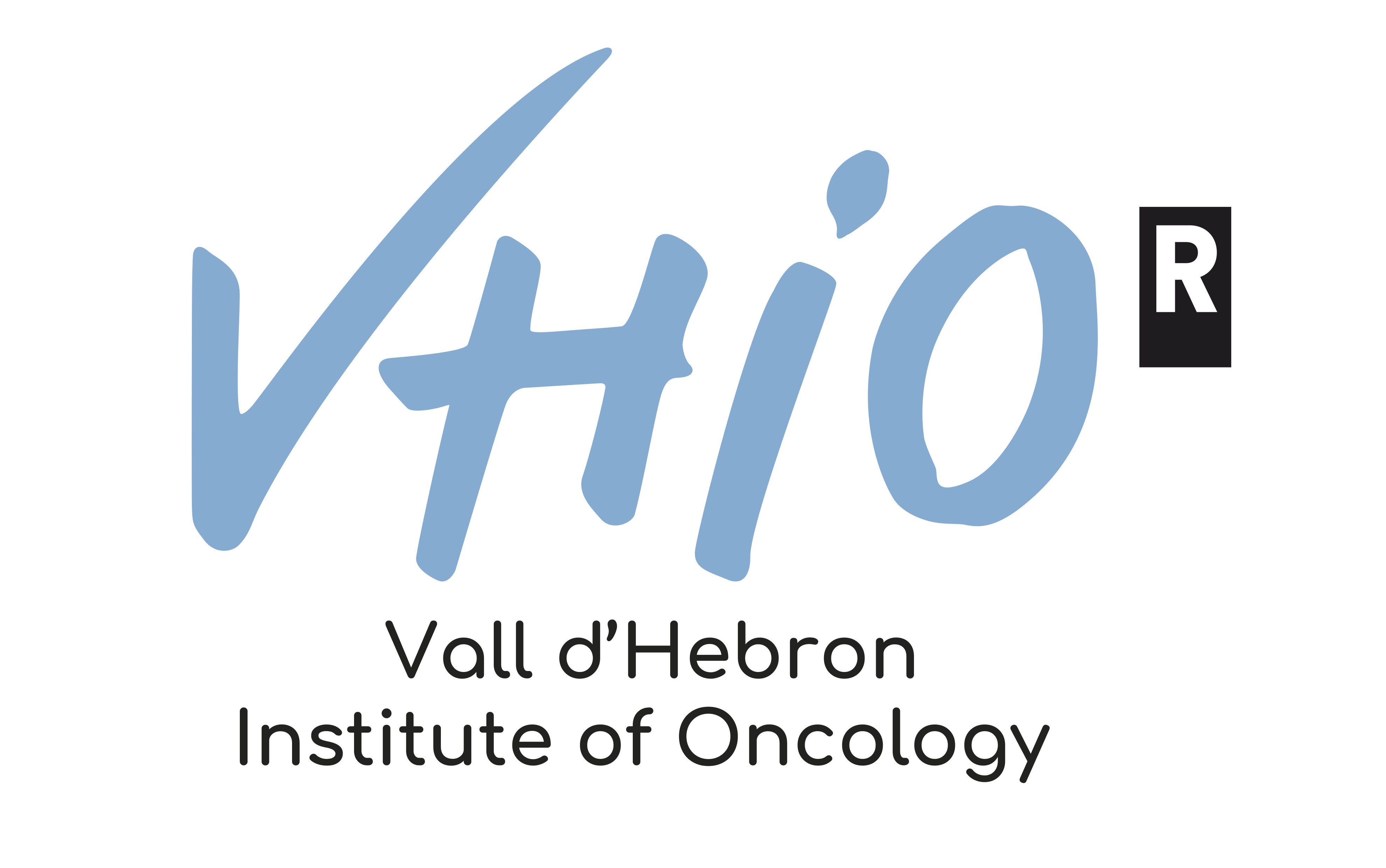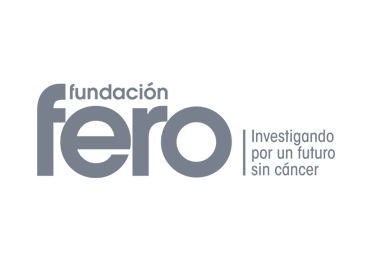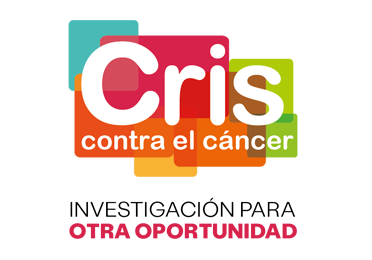Latest research from the Vall d’Hebron Institute of Oncology (VHIO) in Barcelona, recently published in the prestigious journal Cancer Discovery, has revealed the molecular mechanisms that lead to high levels of TGF-beta in some glioma patients. The study led by Joan Seoane, Principal Investigator of VHIO´s Gene Expression and Cancer Group and Director of its Translational Research Program, describes why TGF-beta levels are elevated in brain tumors as well as facilitates the identification of a subgroup of patients who may respond to anti-TGF-beta therapy.
“Broadly speaking, uncontrolled cell proliferation in tumors derives from a genetic alteration that is either a multiplication (amplification) or mutation of a gene, as is the case in HER2, Myc, and KRAS, for example. In patients with high levels of TGF-beta, however, neither mechanism has been observed”, comments Joan Seoane as he explains what stimulated this particular line of research.
In tumor cell cultures with elevated levels TGF-beta, these cells respond by secreting yet more TGF-beta. A “looping” effect is therefore triggered whereby high levels of TGF-beta promote an even greater production of TGF-beta. This is the opposite of natural mechanisms of retro-alimentation due to a loss of control over the mechanism in these tumors. “When the stock of any commodity increases, the most logical response is to either halt or reduce the production chain. In this case, we observe the total opposite”, states Seoane. “TGF-beta induces an increase in RNA for TGF-beta transcription. This means that it continues to send signals to further increase activity at the production line. For the very first time, this study has identified what is responsible for issuing the production chain its orders: CREB, the Director of Operations in this process.”
If there are very high levels of TGF-beta in a tumor and CREB is present, its inhibition will be possible. The study also tested whether this actually works in practice using “avatar” models, i.e. animal models that faithfully recapitulate human tumors. This means that if CREB levels decrease with the introduction of RNA interference, i.e. if something stops the production chain, there is no loop regulating TGF-beta levels and the tumor ceases to grow. Therefore, a mechanism to stop this situation is to inhibit CREB.
Seoane’s group was one of the pioneers in discovering that the TGF-beta hormone is involved in the progression of gliomas, back in 2007. His group has since continued to mark important milestones in this line of research, which has led to the design and implementation of current early phase clinical trials with experimental anti-TGF-beta therapy performed at VHIO´s Research Unit for the Molecular Therapy of Cancer (UITM) – “la Caixa”.
Joan´s group previously demonstrated that TGF-beta acts as an oncogenic factor in high-grade gliomas and that patients with tumors with elevated TGF-beta activity have a poorer prognosis. By continuing research into the mechanisms implicated in the TGF-beta signaling pathway, the group has now managed to establish the reasons why.









